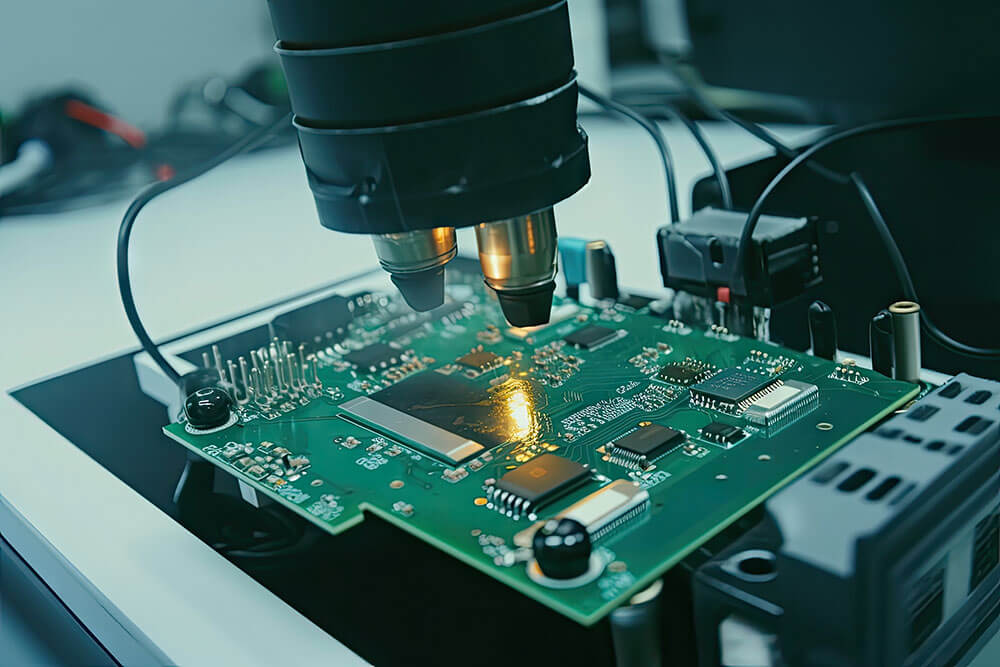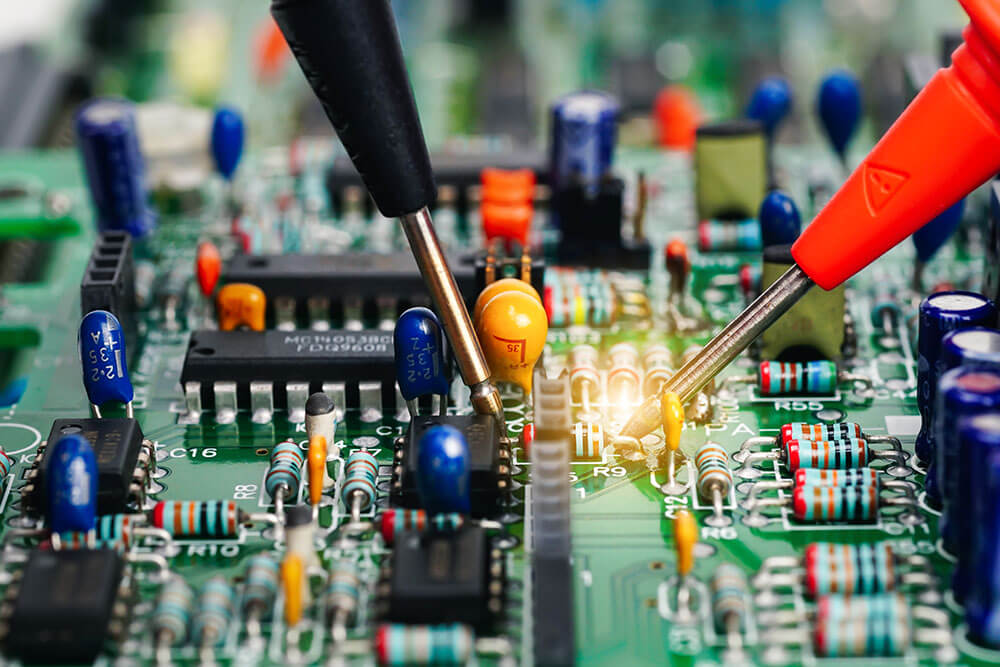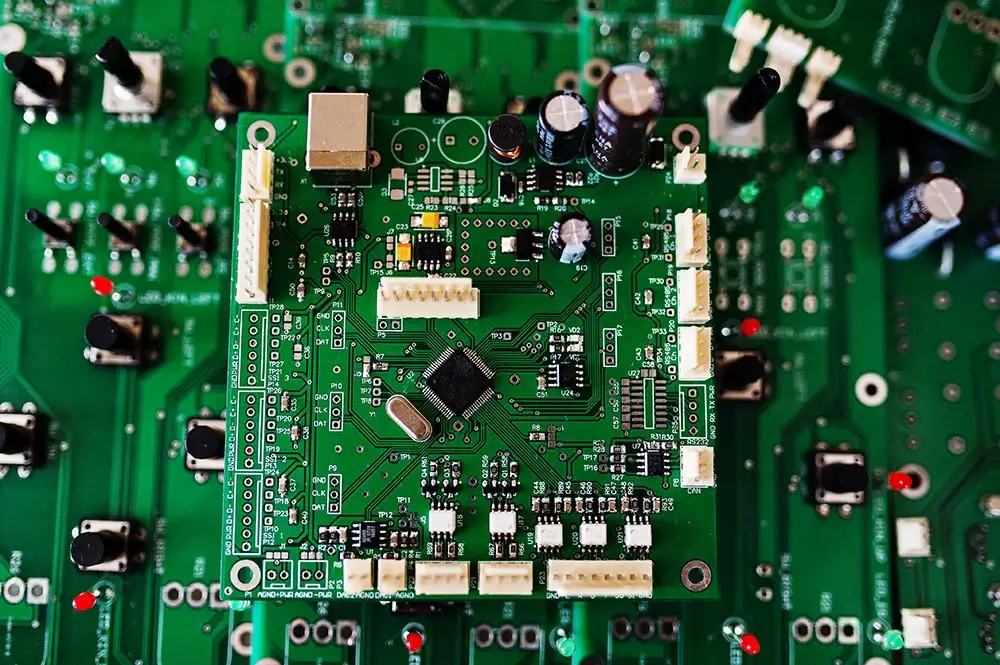A printed circuit board (PCB) is a complex electronic component used in various products ranging from consumer electronics to sophisticated military systems. It is a crucial part of electronic circuits and devices, and its design and manufacturing is a vital process for the reliability and performance of any product. As such, the most advanced technologies must be implemented to ensure that PCBs are made to exact standards and without any errors or defects. In this article, we will discuss the latest trends in printed circuit board manufacturing, focusing on automation, quality control, materials used, and design automation. We will then conclude by analyzing the advantages of modern PCB manufacturing processes.
Table of Contents
Automation
Automation is a key trend in the PCB manufacturing industry, with the development of robotic machines, automated testing stations, and other advanced production processes leading to greater accuracy, speed, and cost savings. Automation can increase the production rate by orders of magnitude. This reduces labor requirements, improves product yield and consistency, and can even lead to reduced materials costs by optimizing usage. Automation also increases safety and accuracy, prevents human error, and speeds up the assembly process. By utilizing the latest automation technologies, companies can reduce production time while improving quality and ensuring a reliable product.

Quality Control
Quality control is an essential part of printed circuit board manufacturing. Companies must ensure that their products are built to exact standards and without any defects. The latest advancements in quality control technologies have made it easier to identify and address any manufacturing errors that occur. With the use of statistical process control (SPC) software, companies can monitor critical points in the manufacturing process to detect problems quickly and efficiently. Automated testing and analysis also make it possible to check for any discrepancies during the manufacturing process, thus ensuring higher quality output. Additionally, quality control measures can be applied to raw materials, such as PCB components, to reduce the risk of defects. By taking advantage of the newest quality control technologies, companies can produce PCBs that meet and exceed expected standards.

Materials
The materials used to construct printed circuit boards are crucial to its performance and reliability. By selecting the right materials, companies can reduce the risk of defects and ensure that their products are built to exact specifications. For example, the use of higher quality laminates and copper foils can reduce the chances of problems in production and products’ eventual lifetime. Additionally, certain materials have been developed to provide better electrical and mechanical properties that are better suited for specific applications. However, the wrong materials can lead to catastrophic results, such as defects in the finished product or a shortened life span. Therefore, it is important to use the right materials when manufacturing PCBs to both optimize performance and prevent potential issues.
Design Automation
Design automation is a key component of advanced printed circuit board manufacturing processes. The latest advances in this field have enabled faster and more efficient design and fabrication of PCBs. By automating certain tasks, such as calculating trace lengths, assigning vias to layers, and moving components, companies can reduce the time and costs associated with PCB design. Additionally, automated design tools can improve accuracy by allowing designers to quickly incorporate changes and correct errors without manually recalculating figures. Automated design also provides the advantage of greater flexibility, allowing companies to quickly adjust their design when needed. By taking advantage of the latest design automation advancements, companies can dramatically reduce the time and costs associated with PCB fabrication. Learn more about best practices for designing a Prototype Circuit Board.
Conclusion
Staying up to date with the latest trends in printed circuit board manufacturing is essential to ensure companies are producing reliable, consistent, and cost effective products. Automation, quality control processes, and the right selection of materials are all key components of modern PCB fabrication. Additionally, design automation can lead to improved accuracy, speed, and cost savings, while ensuring that PCBs are built to exact standards. By taking advantage of the latest advancements in PCB manufacturing, companies can increase production rates, improve product yield and consistency, reduce costs, and ensure a reliable, high-quality product.
